NC Organic Cost Share Program
North Carolina is now accepting applications for the Organic Certification Cost share program. Growers, Handlers and Processors will be …



Alexander County Center will be closed today, 11/11/2025 for the holiday.
El inglés es el idioma de control de esta página. En la medida en que haya algún conflicto entre la traducción al inglés y la traducción, el inglés prevalece.
Al hacer clic en el enlace de traducción se activa un servicio de traducción gratuito para convertir la página al español. Al igual que con cualquier traducción por Internet, la conversión no es sensible al contexto y puede que no traduzca el texto en su significado original. NC State Extension no garantiza la exactitud del texto traducido. Por favor, tenga en cuenta que algunas aplicaciones y/o servicios pueden no funcionar como se espera cuando se traducen.
Inglês é o idioma de controle desta página. Na medida que haja algum conflito entre o texto original em Inglês e a tradução, o Inglês prevalece.
Ao clicar no link de tradução, um serviço gratuito de tradução será ativado para converter a página para o Português. Como em qualquer tradução pela internet, a conversão não é sensivel ao contexto e pode não ocorrer a tradução para o significado orginal. O serviço de Extensão da Carolina do Norte (NC State Extension) não garante a exatidão do texto traduzido. Por favor, observe que algumas funções ou serviços podem não funcionar como esperado após a tradução.
English is the controlling language of this page. To the extent there is any conflict between the English text and the translation, English controls.
Clicking on the translation link activates a free translation service to convert the page to Spanish. As with any Internet translation, the conversion is not context-sensitive and may not translate the text to its original meaning. NC State Extension does not guarantee the accuracy of the translated text. Please note that some applications and/or services may not function as expected when translated.
Collapse ▲North Carolina is now accepting applications for the Organic Certification Cost share program. Growers, Handlers and Processors will be …
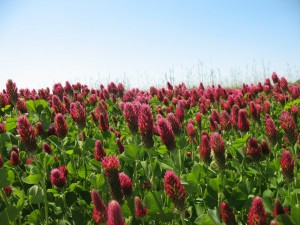
Au Robin is an early maturing crimson clover variety that is well adapted to our southern growing conditions. It …

The results of the 2013-2014 organic wheat OVT trials have been analyzed and compiled. Results since 2011-2012 are available …

Wheat and small grain harvest is fast approaching, if it has not already happened on your farm. This article, …
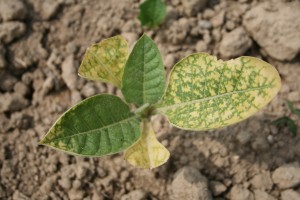
Tobacco growers often apply insecticides in the greenhouse or at transplant to preventatively manage populations of green peach aphids …
Organic Soybean Official Variety Trials (OVT) were planted on organically managed land at research stations over the last three …
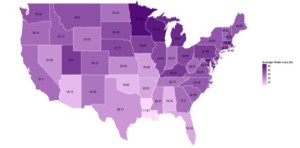
Answer: Another year, another survey, and the findings remain less than encouraging. It seems counter-intuitive that we don’t have a …
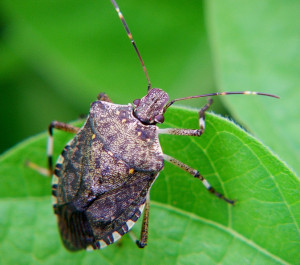
The website for brown marmorated stink bug research in NC has been moved and updated! A summary of current …
by Molly Hamilton and Chris Reberg-Horton, Crop Science, NCSU The local craft brewing and distilling industries are increasingly interested in using NC-grown barley, …
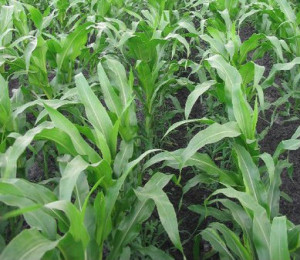
by Gerry Cohn, Southeast Pools Coordinator at Organic Vally-CROPP Cooperative Organic Valley and North Carolina State University have joined forces …
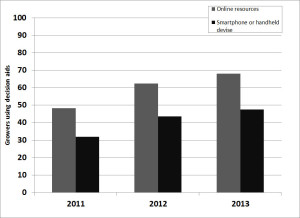
Yesterday, we held our annual tobacco agent training session at the Johnston County Extension Center. I always look forward …
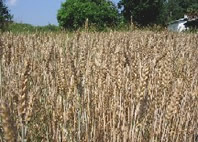
by Chris Reberg-Horton and Carrie Brinton The organic Official Variety Trial (OVT) was started in 2010 with wheat to try …
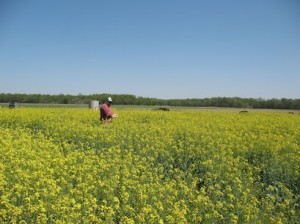
by Rachel Atwell and Chris Reberg-Horton Organic canola production in North Carolina can fill the demand for organic canola and …
Organic Soybean Official Variety Trials (OVT) were planted on organically managed land at research stations over the last three …
In September, the North Carolina Tobacco Trust Fund funded a project to research production of organic and conventional stevia in the …

Prepared by: D. Reisig and J. Bacheler North Carolina State University Extension Entomology A new, invasive, stink bug-like pest of …

This guide presents basic facts about seeds, including how they develop, how to store and …

This Soybean Nutrient Deficiency Information factsheet describes the symptoms and management of boron deficiency in …
This Soybean Nutrient Deficiency Information factsheet describes the symptoms and management of zinc deficiency in …

This Soybean Nutrient Deficiency Information factsheet describes the symptoms and management of molybdenum deficiency in …
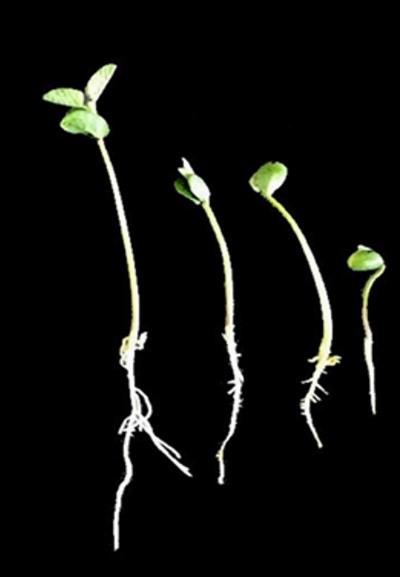
This Soybean Nutrient Deficiency Information factsheet describes the symptoms and management of aluminum toxicity in …
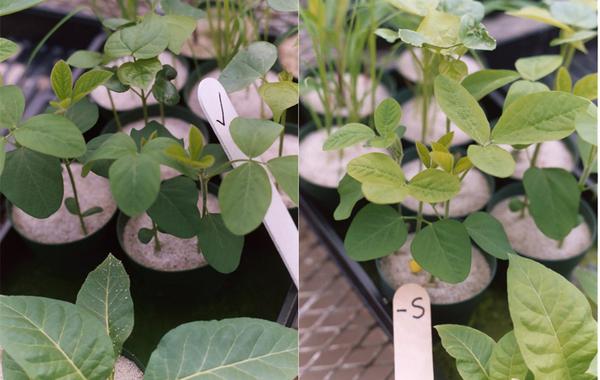
This Soybean Nutrient Deficiency Information factsheet describes the symptoms and management of sulfur deficiency in …

This Soybean Nutrient Deficiency Information factsheet describes the symptoms and management of magnesium deficiency in …

This Soybean Nutrient Deficiency Information factsheet describes the symptoms and management of potassium deficiency in …